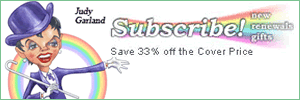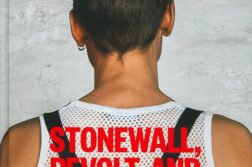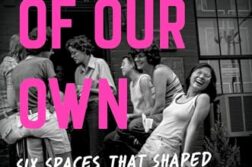Published in: July-August 2006 issue.
 Between You and Me: Queer Disclosures
Between You and Me: Queer Disclosures
in the New York Art World, 1948-1963
by Gavin Butt
Duke University Press.
232 pages, $21.95 (paper)
GAVIN BUTT’S BACKSTAGE exposé of the New York art world of the 1950’s careens between artsy jargon and artsy gossip. He rather defensively lays out his thesis in a lengthy introduction peppered with breathless 55-word sentences stating his themes. Doubtless the author is on his guard because he incorporates hearsay, rumor, and urban legend into dissection of this pivotal post-World War II Manhattan subculture.






